Stuart Haygarth exhibition
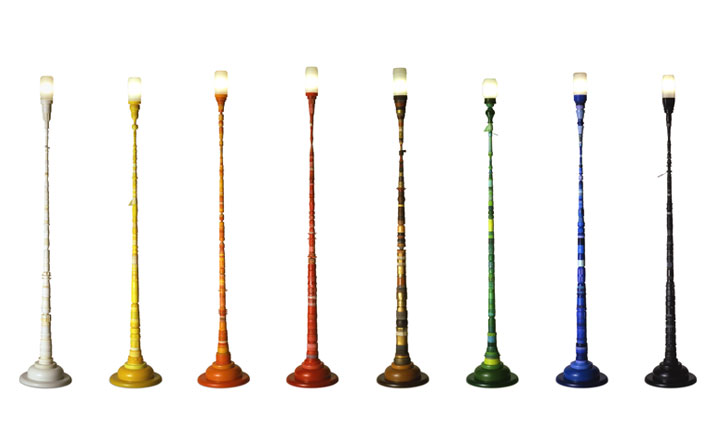
The multi-hyphenated British designer, artist and creator Stuart Haygarth has always taken notions of artistic appropriation to its extremes. For instance, Dungeness Beach in Kent has been a fruitful collection point for his expansive selection of debris. Over the years, the sea-flecked beach has provided the artist with abundant inspiration for projects ranging from a Vogue Nippon shoot to an eye-popping window display for Selfridges.
This month, Haygarth opens a new exhibit of his challenging furnishing-slash-fine-art pieces at the central London branch of the Haunch of Venison gallery.
Taxonomy – or the scientific practice of classification – may seem a less than stimulating contemporary design entry point, but Haygarth imbues the topic with his trademark self-proclaimed obsession with arbitrary and abandoned objects. The results verge on the sublime.
Gathering together seemingly insignificant items that range from multi-coloured party poppers to a potpourri of spectacles, Haygarth reconfigures his objects of choice to form a synthesised whole. In the process, each quotidian piece acquires a new and unexpected meaning. Whether a revolving mirror ball constructed from 350 crushed car wing mirrors or a scrappy series of ‘Urchin’ chandeliers that are meticulously formed from a cascade of spectacle frames, Haygarth never balks from challenging established notions of beauty. Indeed, his approach is as eclectic as it is generous.
Practical, pared-down and achingly ecologically sound, Haygarth’s first exhibition at the Haunch of Venison provides an enticing insight into the creative process of one of London’s most intriguing talents. We're looking forward to a bit of bespectacled brightening this winter.
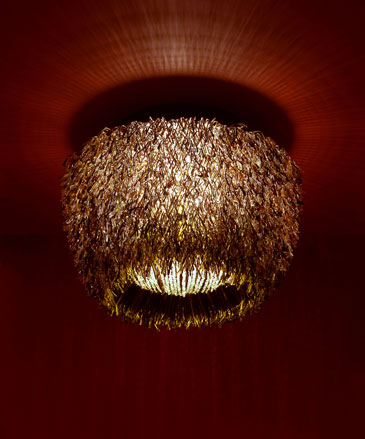
’Urchin’ chandelier, constructed from disregarded spectacles, 2009
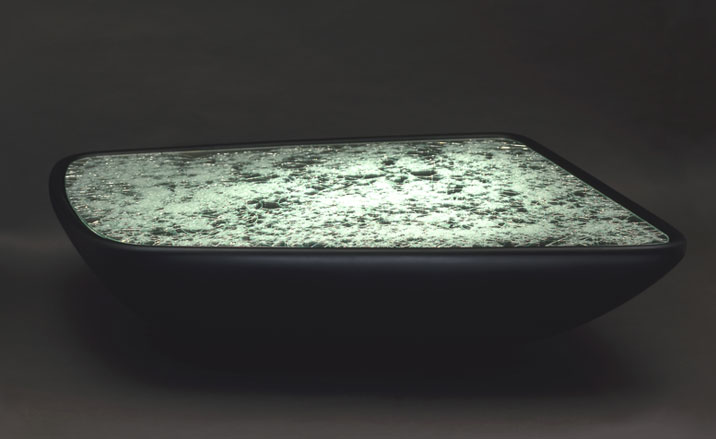
Haygarth’s wing mirror table, constructed from a selection of abandoned car wing mirrors, 2009
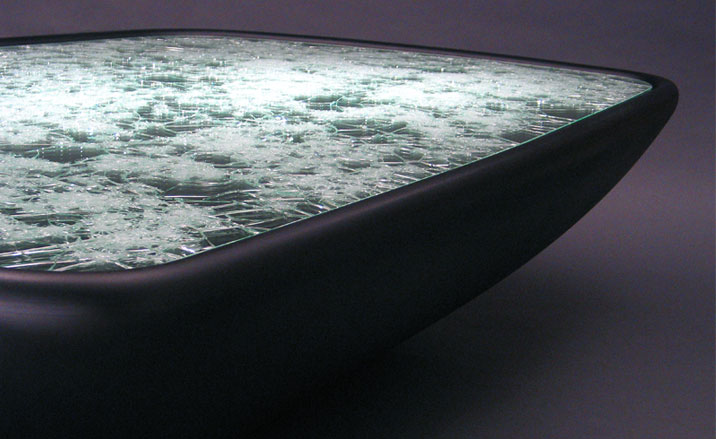
The wing mirror table, 2009
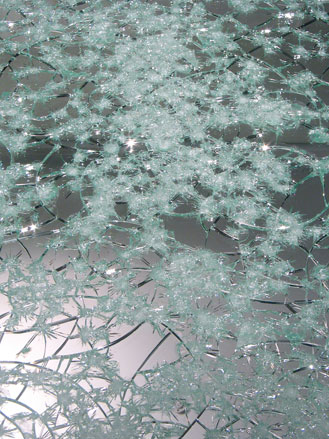
A close-up of the wing mirror table, 2009
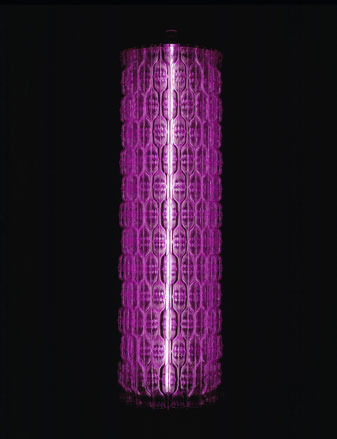
’Disposable’, constructed from 416 plastic wine glasses, 2005
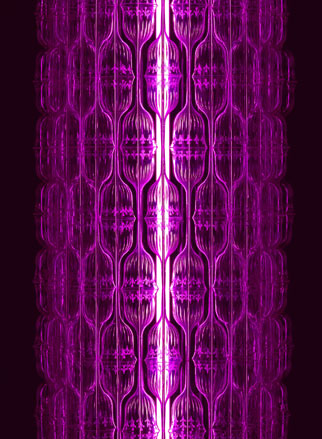
’Disposable’, 2005
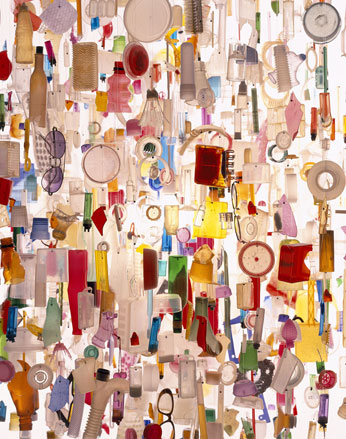
A close-up on Haygarth’s ’Tide’ chandelier, made from man-made beach debris, 2004
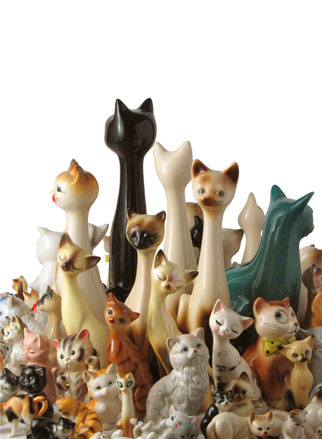
A close-up of Haygarth’s RAFT lamp, 2009

’Millennium’ chandelier, made from disregarded party poppers, 2004
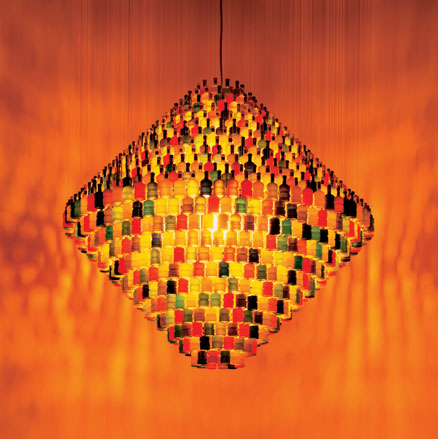
An amber-lit shot of ’Millennium’, 2004

’Tide’ chandelier, 2004
ADDRESS
Haunch of Venison
6 Burlington Gardens
London
W1S 3ET
Receive our daily digest of inspiration, escapism and design stories from around the world direct to your inbox.
Harriet Lloyd-Smith was the Arts Editor of Wallpaper*, responsible for the art pages across digital and print, including profiles, exhibition reviews, and contemporary art collaborations. She started at Wallpaper* in 2017 and has written for leading contemporary art publications, auction houses and arts charities, and lectured on review writing and art journalism. When she’s not writing about art, she’s making her own.
-
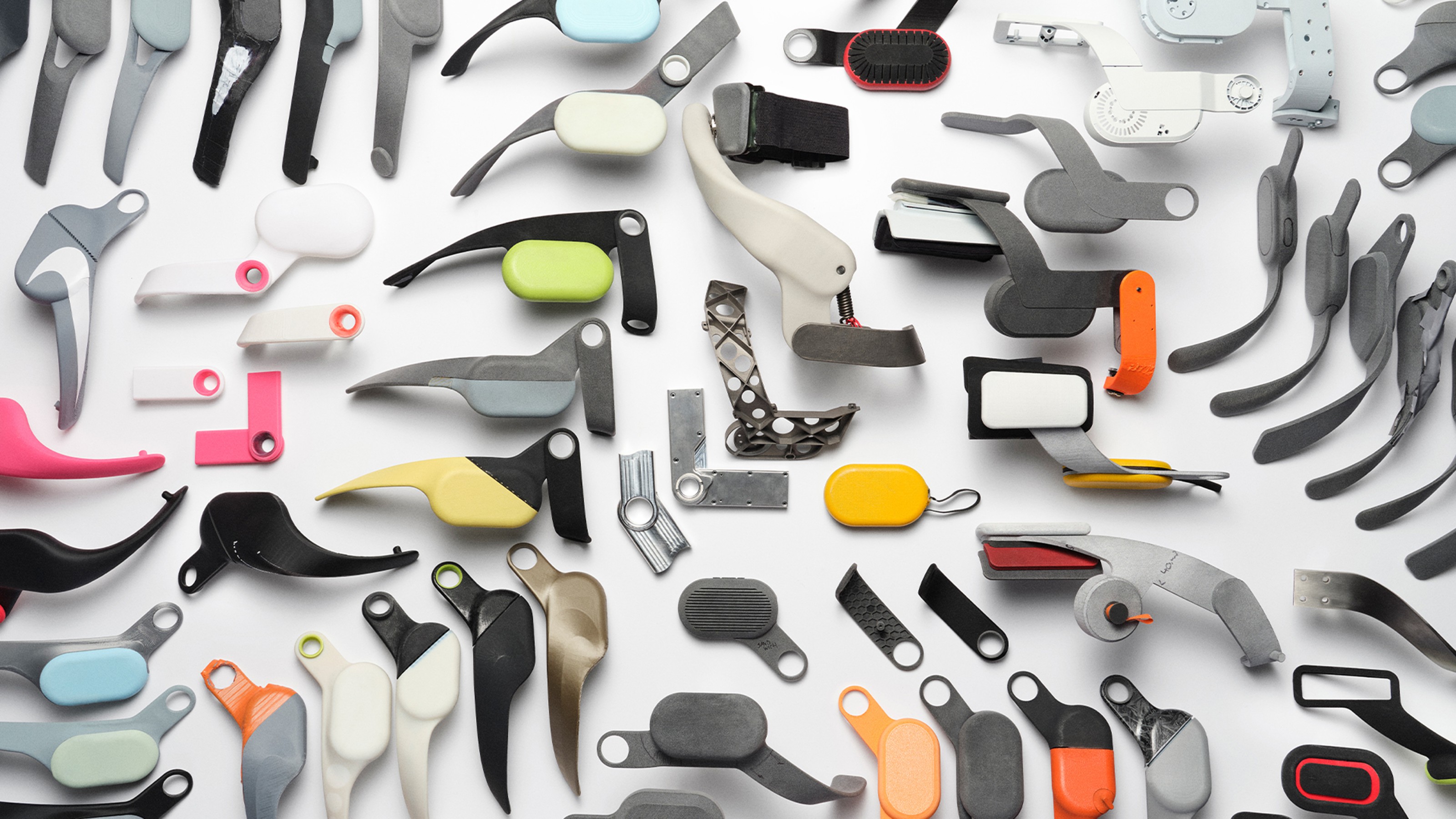 Nike pushes tech-assisted ways to just do it, from Project Amplify to a Mind Science Department
Nike pushes tech-assisted ways to just do it, from Project Amplify to a Mind Science DepartmentThe sporting giant is seeking new ways of amplifying athletic performance, both physical and mental. We explore the world of Project Amplify and the work of the company’s Mind Science Department
-
 A. Lange & Söhne's new Bond Street flagship merges German charm with Mayfair poise
A. Lange & Söhne's new Bond Street flagship merges German charm with Mayfair poiseThe celebrate the launch of its handsome new home, the brand's releasing an equally elegant new watch
-
 Vincent Van Duysen and Zara unveil a sophisticated new flagship concept in Barcelona
Vincent Van Duysen and Zara unveil a sophisticated new flagship concept in BarcelonaZara Diagonal by Vincent Van Duysen brings the intimacy of a domestic space to the shopping experience